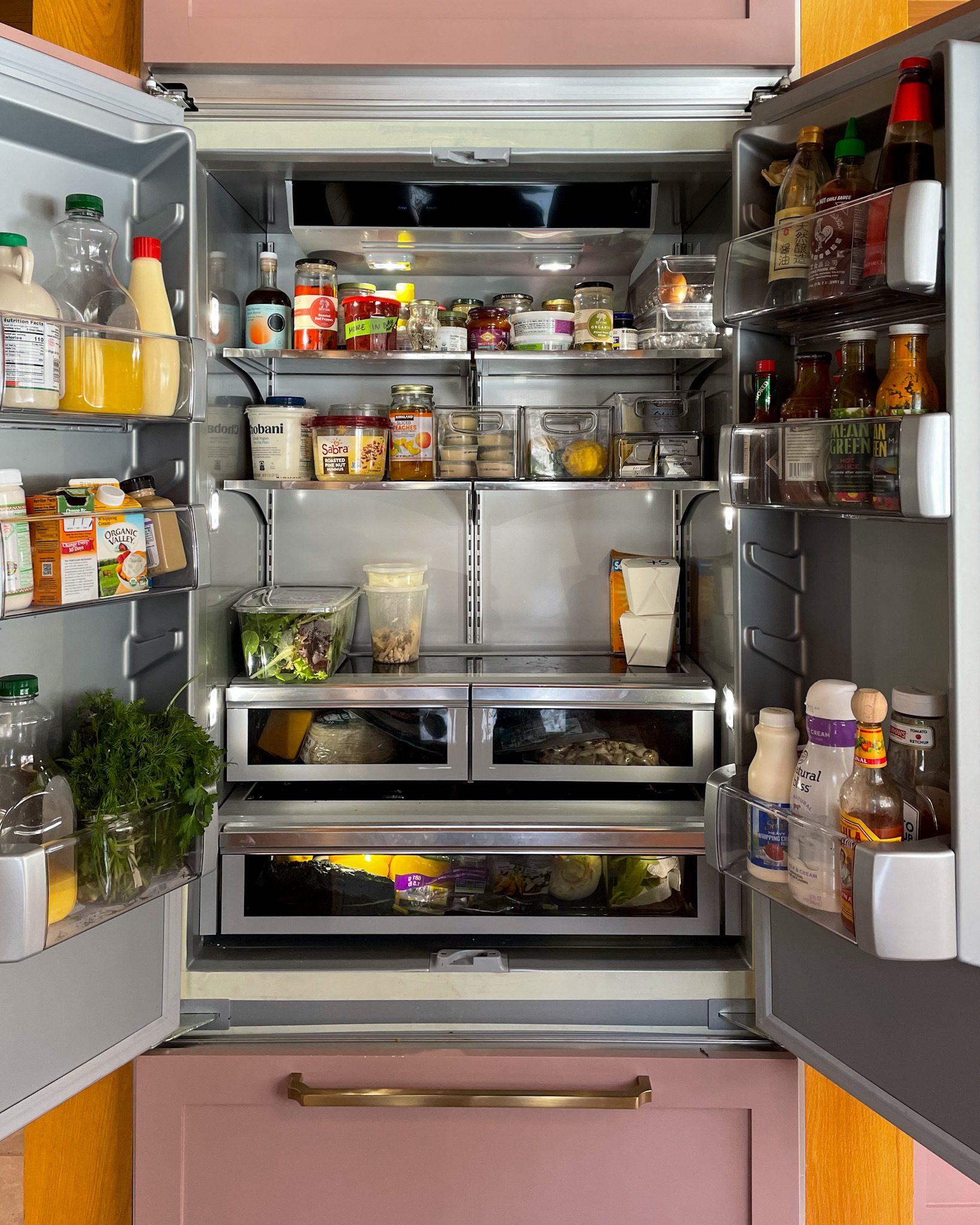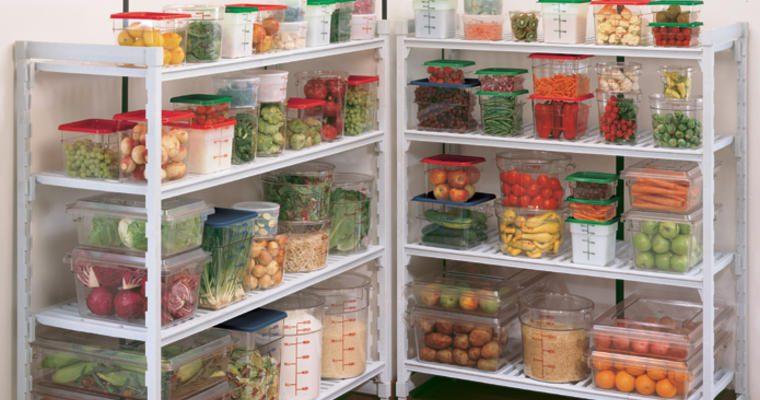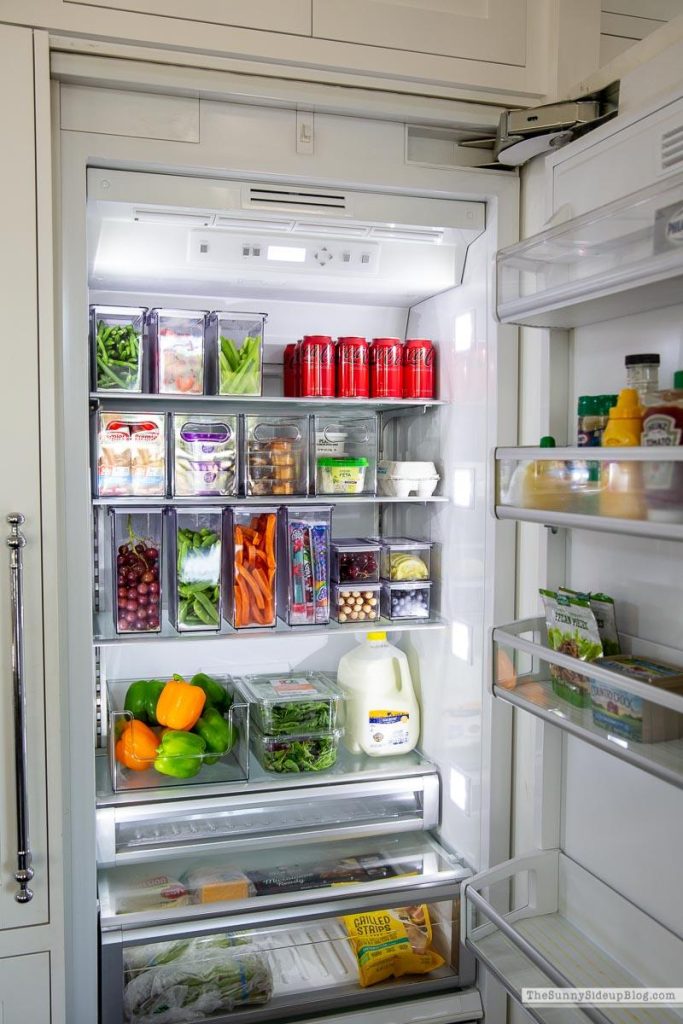In today’s fast-paced world, the kitchen often serves as the heart of the home, where culinary creativity and family gatherings find their rhythm. However, one of the most commonly overlooked aspects of this essential space is the organization of the refrigerator and freezer. A well-organized fridge and freezer not only enhances food safety and extends the shelf life of ingredients but also streamlines meal preparation, reduces food waste, and ultimately saves time and money. In this practical guide, we will explore effective strategies and tips for efficiently organizing your refrigerator and freezer, from understanding proper food placement and utilizing storage containers to adopting labeling systems and maximizing space. Whether you’re looking to refresh a cluttered space or simply enhance your current system, this article will provide you with the tools and knowledge needed to transform your cold storage into a functional and efficient food haven.
Table of Contents
- Maximizing Space Utilization in Your Fridge and Freezer
- Strategies for Proper Food Storage and Preservation
- Implementing a Systematic Organization Method
- Maintaining Cleanliness and Avoiding Contamination
- Closing Remarks
Maximizing Space Utilization in Your Fridge and Freezer

Getting the most out of your fridge and freezer begins with understanding the layout and temperature zones. Arrange items strategically to enhance accessibility and efficiency. Place the items you use most frequently at eye level, while less common items can go on higher or lower shelves. Use the following tips to maximize space:
- Group Similar Items: Keep like items together to streamline meal prep, such as dairy, vegetables, and condiments.
- Use Clear Bins: Store smaller items in clear bins to make them easy to see and access.
- Take Advantage of Door Space: Store condiments and sauces in the fridge door, which is the warmest area.
In the freezer, organization is key to avoiding the dreaded “mystery bag” syndrome. Utilize labeled containers or freezer bags to keep food categories separate and clearly marked. Consider incorporating a rotational system, where you always place new items at the back, pushing older ones to the front. This will help you keep track of what needs to be used first. A simple table can help illustrate the ideal freezer layout:
| Zone | Recommended Items |
|---|---|
| Top Shelf | Prepared meals, leftovers |
| Middle Shelf | Breads, baked goods |
| Bottom Drawer | Meats, seafood |
| Door | Frozen fruits, ice cream |
Strategies for Proper Food Storage and Preservation

Efficient food storage and preservation techniques can significantly extend the life of your groceries while maintaining their quality. Begin with organization—designate specific areas in your fridge and freezer for different types of foods to minimize cross-contamination and spoilage. Utilize clear, stackable containers for leftovers and bulk items to keep your space neat and easily accessible. It’s also essential to label your items with the date stored, which helps track freshness and encourages using older items first.
Another key strategy is to manage temperature to inhibit bacterial growth and maintain food safety. Keep your fridge at or below 40°F (4°C) and your freezer at or below 0°F (-18°C). Incorporate a FIFO system (First In, First Out)—place new items behind older ones to ensure older products are used first. Here’s a quick reference table for optimal storage conditions:
| Food Type | Ideal Storage Temperature | Recommended Storage Duration |
|---|---|---|
| Meats | 32°F - 36°F (0°C – 2°C) | 1-2 days |
| Dairy | 32°F – 40°F (0°C – 4°C) | 1 week |
| Vegetables | 32°F – 40°F (0°C – 4°C) | 5-7 days |
Implementing a Systematic Organization Method
To establish a well-organized fridge and freezer, begin by categorizing your food items. This can not only enhance accessibility but also streamline meal preparation. Create distinct sections for different types of food, which can include:
- Dairy products: Keep milk, cheese, and yogurt together in the top shelf.
- Meats and fish: Designate the bottom shelf for raw proteins to minimize contamination risks.
- Vegetables and fruits: Utilize the crisper drawers; ensure to separate ethylene-producing fruits from vegetables.
- Leftovers: Store them in clear, labeled containers for quick identification.
Implementing this structured method requires regular maintenance. A helpful tip is to adopt a FIFO (First In, First Out) approach. Ensure that older items are at the front, so they get used before new purchases. Create a simple inventory list to track what you have, including:
| Category | Item | Expiration Date |
|---|---|---|
| Dairy | Greek Yogurt | 12/31/2023 |
| Meat | Chicken Breast | 01/15/2024 |
| Vegetables | Spinach | 11/30/2023 |
This systematic organization method not only keeps your fridge and freezer neat but also reduces food waste and maximizes freshness.
Maintaining Cleanliness and Avoiding Contamination
Keeping your fridge and freezer organized is essential for maintaining cleanliness and preventing contamination. Start by designating specific spaces for different types of food. This includes keeping raw meats on the bottom shelves to avoid dripping onto other foods, while dairy products can be stored on middle shelves for easy access. Use separate bins for fruits and vegetables to avoid cross-contamination and spoilage. Implementing a first in, first out (FIFO) system can also help ensure that items are used in order of their expiration dates, reducing waste and promoting freshness.
Regularly cleaning your fridge and freezer is necessary to prevent the buildup of bacteria and mold. Wipe down surfaces with a mild cleaner or a vinegar-water solution every few weeks and check for expirations or spoiled items. It’s important to keep an eye on food packaging as well—ensure seals are intact and containers are clean. For better organization, consider using clear containers or labels to identify contents, which makes it easier to spot items that need to be used soon. A well-maintained fridge not only promotes hygiene but also makes meal preparation more efficient.
Closing Remarks
an efficiently organized fridge and freezer not only enhances the longevity of your food but also optimizes your culinary experience. By implementing the strategies outlined in this guide, you can transform your kitchen storage into a harmonious and functional space. Whether it’s categorizing items, labeling containers, or regularly assessing your inventory, each step contributes to reducing food waste and saving time during meal preparation. Remember, a well-organized fridge is more than a visual pleasure; it is a practical approach that reflects careful management and consideration for both your health and your budget. As you embark on this journey of reorganization, envision a kitchen where each ingredient is accessible and every meal is a breeze to prepare—creating a culinary haven that supports your cooking adventures with ease and efficiency.



